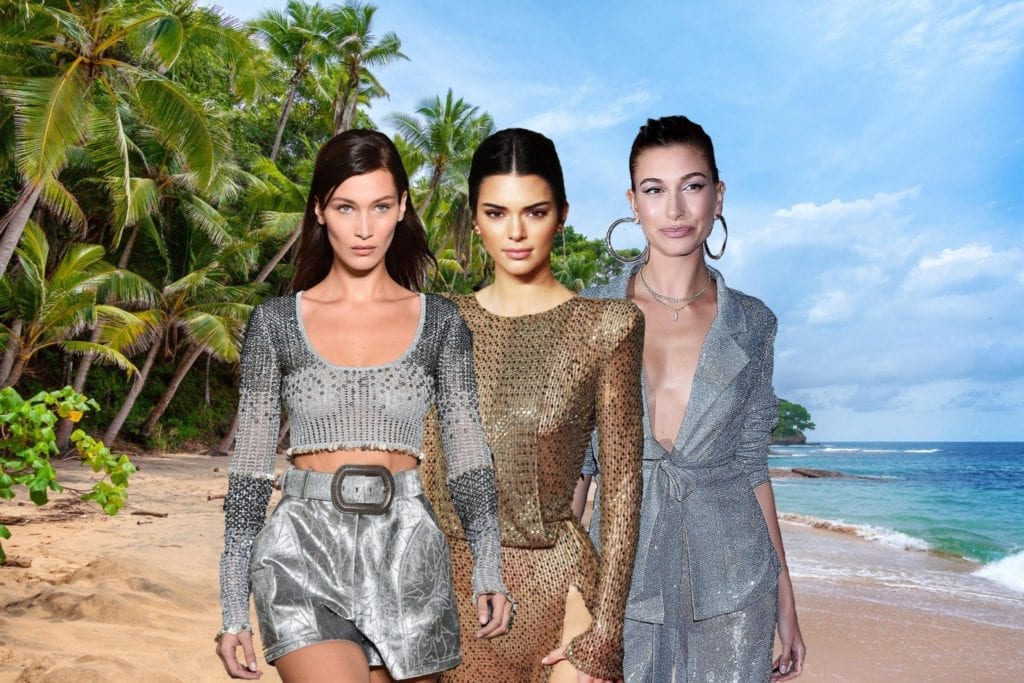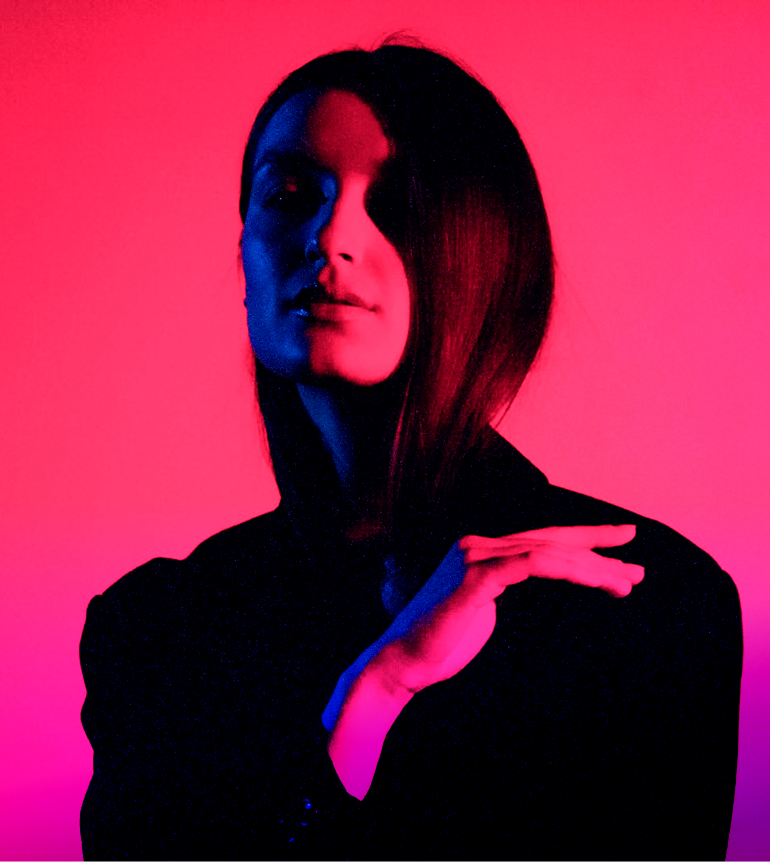The disastrous Fyre Festival of 2017 is back in the spotlight thanks to recent documentaries by Netflix and Hulu.
It’s easy to see where the music festival failed: the actual event betrayed its advertising in almost every aspect… The promised artists never showed up, its accommodations were a sham, and the logistics were reportedly a nightmare.
But let’s talk about the marketing.
Many marketers are hailing it as a clear example of “what not to do” and some are even pushing the event as the beginning of the end for influencers.
Yet, in the time since the festival (and its organizer) fell into ruins, influencer marketing has only spread like wildfire.
In fact, in 2017, when the festivals failure was initially mediatized, there was similar talk about the “dangers of influencers“… but they’re still here. Why?
Simply because the influencer marketing used by Fyre Festival wasn’t representative AT ALL of how real influencer marketing works.
By recruiting celebrity figures like Kendall Jenner, Fyre Festival was able to reach millions. While the initial hype allowed them to sell 4,000 tickets, ultimately the organizers came nowhere near their goal of 40,000 ticket sales.
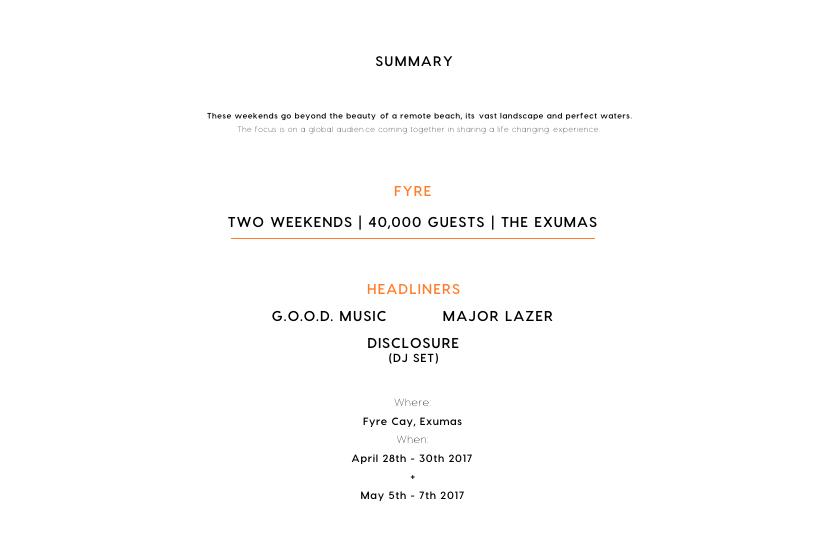
Here’s a little lesson in influencer marketing: when you pay celebrities $275k for a single promotional shout out, it’s not influencer marketing– that’s called a celebrity endorsement.
Maybe the Fyre Festival organizers missed the memo about macro influencers, but 2017 was the year everyone else learned they’re A) not as effective at inspiring conversions and B) they cost a fortune.
By throwing money at top models for one-off posts, Fyre Festival was able to generate an initial interest among fans but not the long term trust and communication required to sell every ticket.
Aside from the fact that posts were largely undisclosed (which is horrible for the credibility of the industry) the content produced just wasn’t authentic. How could it be? When the influencers made these posts, they had no prior experience or awareness about what they were promoting.
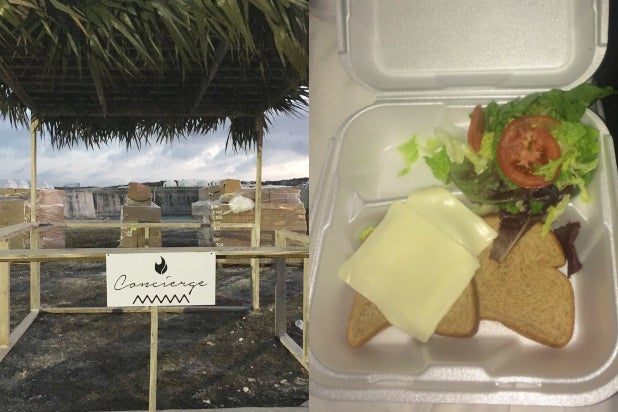
This is so far removed from the reality of influencer marketing in which ambassador relationships are formed over time, through careful negotiation and brand education. Oftentimes, content creators receive product weeks in advance to allow time for feedback and collaboration. The goal is real synergy between the brand and the influencer that is representing them. Contrarily, the influencers that promoted Fyre Festival didn’t even go to the event themselves.
So here we have a sham festival that was promoted in all the worst ways: painfully staged, one-off posts by unconcerned celebrities who really had no investment in the campaign other than getting paid.
But influencer marketing is powerful. Even when done poorly and with no heart, it can create buzz. It won’t create conversions though, because that takes trust.
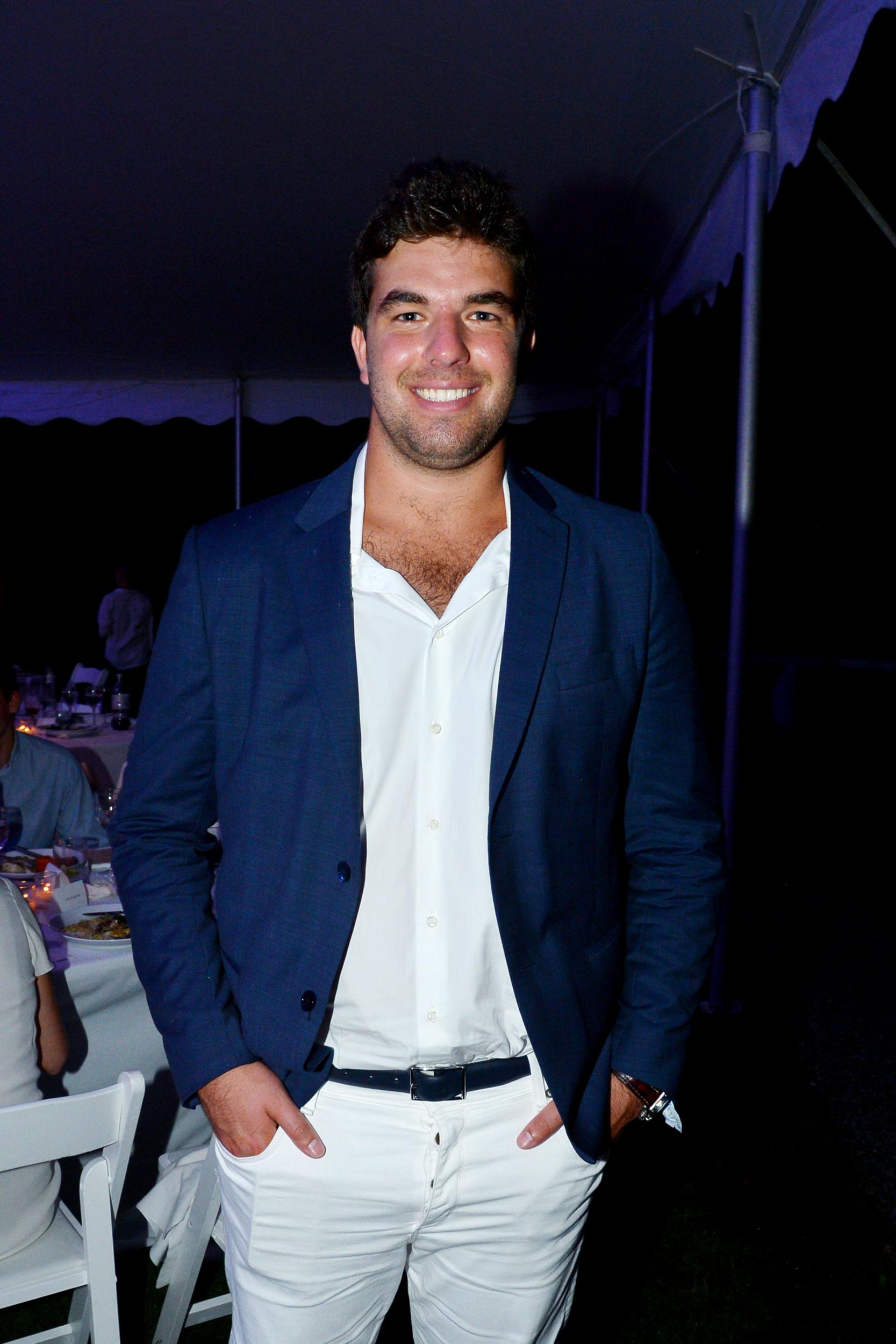
Like seemingly everything Fyre Festival organizer McFarland did, his influencer relations were treated like shortcuts to fame.
Real influencer marketing leverages influence in an entirely different way: firstly, influencers aren’t bait that you dangle in front of consumers, they’re people. They should contribute their own unique voice to the conversation instead of just copy-pasting a brief. If you view them like simple mouthpieces, the communication is already rendered fake. Successful brands will invest in content creators they really want as partners. (Another word for the wise: If an influencer is willing to promote a sham experience they know nothing about, they might not be the right partner for your brand in the first place.)
In a lot of ways, the event could have surely gained greater traction had the influencer marketing been more authentic, transparent, and smaller scale.
Take, for example, the recent phenomenon of popup shops and events in which company’s leverage industry influencers to create immersive branded experiences for their fans.
Sephoria, by Sephora, is just one brand event among many that advertises a line-up of influencers that adoring fans would love to meet.
The only difference is that they didn’t just recruit a couple models to post ticket sales links and call it good. Sephora handpicked mid-sized influencers (50k – 200k followers) that genuinely match the brands voice and values.
Another bonus? Their ads were actually marked as ads!
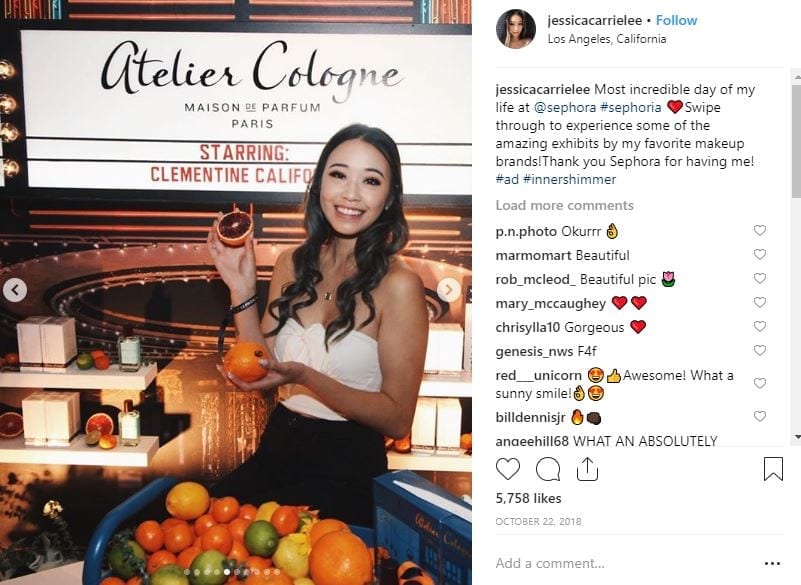
In reality, many brands know how to set up events responsibly, without disappointing their fans or burning consumer trust. There’s the Chanel House in LA, the Revolve Festival outside of Coachella, and even the Perrier Jouët Ibiza event we helped organize in 2017!

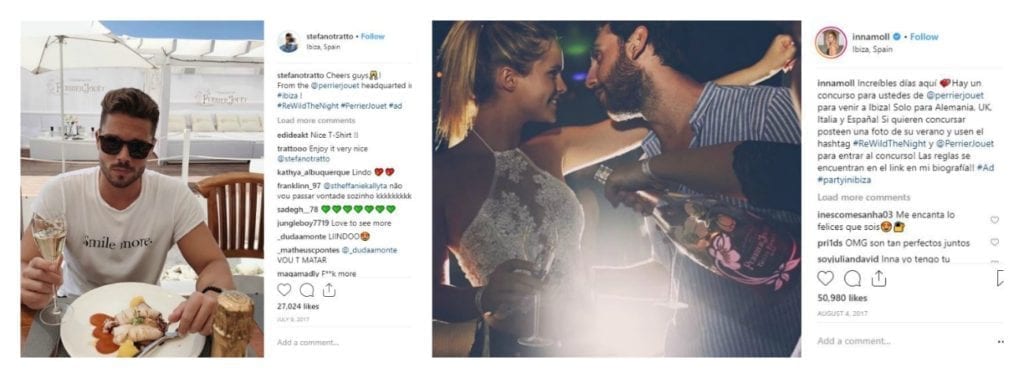
Wait a second…
Upfluence helped organize an island party event with influencers, too?! Yes. And it was a major success.
i.e. no one was stranded on the beach or arrested for fraud.
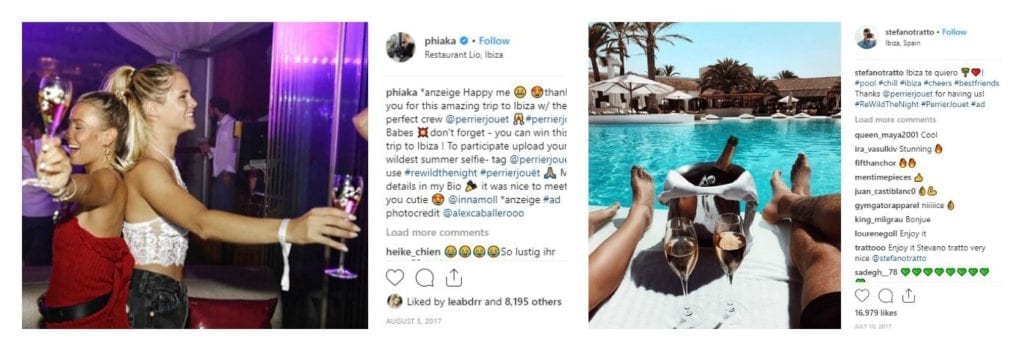

Just kidding, you know we set the bar higher than that! This summer party helped establish Perrier Jouët as the chosen drink among Europe’s young and trendiest influencers. We just followed the simple recipe of,
- recruiting real content creators with targeted audiences, and not celebrities.
- communicating extensively the details about logistics, accommodations, and performance expectations beforehand.
- fierce negotiations that kept the spending below budget.
- respecting the venue by not inviting more guests than what we could handle.
- keeping it 100% transparent for audiences, influencers, and our clients alike.
The truth is, there’s nothing wrong with mobilizing social influencers to promote an event or product. It just has to be done correctly.
There is supposed to be 32 million more sponsored influencer posts on Instagram by 2019. Clearly, there’s an incentive among businesses and consumers to produce authentic and reliable content. So what do brands need to know moving forward?
(i) influencer marketing works, but with great power comes great responsibility.
(ii) authenticity in the message is key for maintaining consumer trust, which is why influencers need to know what they are getting themselves into beforehand and brands need to develop longer-term relationships.
(iii) the industry is young, there are still problems to overcome regarding transparency. Influencers should always be vetted beforehand for performance history and fake followers. Their cost should never break the bank. And most importantly, influencers need to be transparent about their paid sponsorships in order to uphold the credibility of the industry.
Here at Upfluence, we aim to accomplish greater transparency in influencer marketing thanks to our technology. Together, we believe we can make the market a better place, one data point at a time.
Have you watched either of the new documentaries about Fyre Festival? What are your thoughts? Feel free to share them in the comments!
